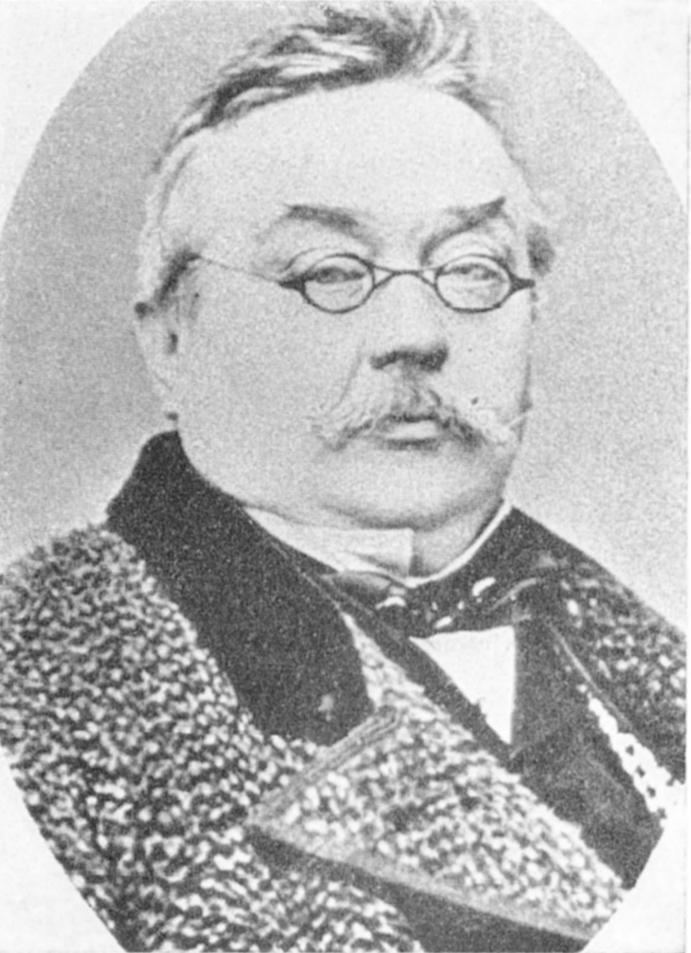Name Ferdinand von Fields Dermatology | Role Physician | |
 | ||
Nationality Austrian, (Austro-Hungarian) Influences Carl Freiherr von Rokitansky Died August 5, 1880, Vienna, Austria | ||
Ferdinand Karl Franz Schwarzmann, Ritter von Hebra (7 September 1816, in Brno, Moravia – 5 August 1880 in Vienna, Austria-Hungary) was an Austrian physician and dermatologist known as the founder of the New Vienna School of Dermatology, an important group of physicians who established the foundations of modern dermatology.
Contents

Life
Ferdinand Schwarzmann von Hebra graduated in medicine in 1841 at the University of Vienna. He was influenced by Carl Freiherr von Rokitansky, one of the founders of modern pathological anatomy.
While still a young man, Hebra wrote one of the most influential books on dermatology of all times, the Atlas der Hautkrankeiten (Atlas of skin diseases), with phenomenal illustrations by two of the leading medical illustrators of Austria, Anton Elfinger (1821–1864) and Carl Heitzmann (1836–1896).
In 1844 Ferdinand von Hebra discovered the cause of scabies.
In the second half of the 19th century, Hebra introduced resurfacing and restoring skin with chemical peel. He used exfoliative agents, like phenol, croton oil, nitric acid in various cautious combination for treating freckles and skin irregularities.
Semmelweis and Hebra
An early supporter of Ignaz Semmelweis and the editor of a leading Austrian medical journal, Hebra announced Semmelweis's discovery that handwashing with chloride of lime reduces the incidence of puerperal fever in the December 1847 and April 1848 issues of the Viennese medical journal. Hebra claimed that Semmelweis's work had a practical significance comparable to that of Edward Jenner's introduction of cowpox inoculations to prevent smallpox.
Due to Semmelweis's suffering from severe depression and other mental problems, János Balassa signed a document which committed him to a mental institution, and on 30 July 1865 Hebra, under the pretense of taking him to visit one of Hebra's "new Institutes", lured Semmelweis into a Viennese asylum for the insane located in the Lazarettgasse (Landes-Irren-Anstalt in der Lazarettgasse). On arrival there, Semmelweis guessed what was happening and tried to leave, but he was forcibly subdued by the asylum's guards and died two weeks later from a gangrenous wound which may have been caused by the struggle.
